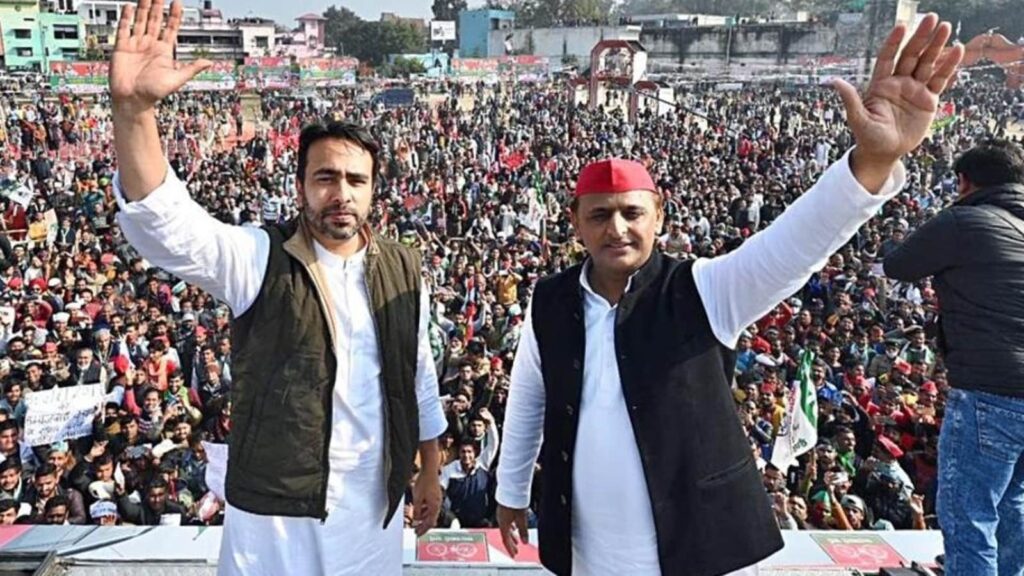The seat-sharing deal announced by the Samajwadi Party and the Rashtriya Lok Dal on Friday is the first step by the INDIA bloc constituents towards consolidating the opposition against the BJP-led NDA in Uttar Pradesh in the upcoming general elections. The SP, the main opposition party in UP, is in talks with the Congress, which reportedly has demanded a big chunk of the 80 Lok Sabha seats from the state. However, both sides have been optimistic that they will be able to reach an understanding.
The SP-RLD deal is not surprising since both parties have a common legacy and their vote bases overlap. Yadavs, the Muslim and Jat peasantry, beneficiaries of the green revolution, form the core vote of the alliance. This is the political coalition Choudhary Charan Singh, former PM and a stalwart of anti-Congress politics, had successfully forged in UP in the 1970s onwards. Even though the 2013 communal violence wreaked the social coalition, the combine continues to be influential in western UP: The SP-RLD-BSP gathbandhan won seven seats from this region in the 2019 general elections.
This time the gathbandhan will miss the Bahujan Samaj Party, which retains significant influence in the region, unless Mayawati does a rethink. The Congress complements the SP-RLD alliance, but it can hardly compensate for the BSP. The Congress tends to perform better in the general elections than the assembly polls, though it retains an exaggerated sense of its influence in a state that was its stronghold till the 1980s. UP was the ground where Mandal and Mandir politics fought for legitimacy and supremacy in the 1990s and thereafter, which led to the rise of the BJP, SP and BSP and the decline of the Congress. With Mandir on the centrestage and the Congress embracing social justice politics, the battle lines are clearly drawn out in UP.
Continue reading with HT Premium Subscription
Daily E Paper I Premium Articles I Brunch E Magazine I Daily Infographics


